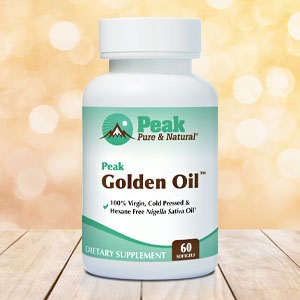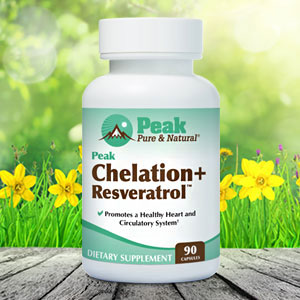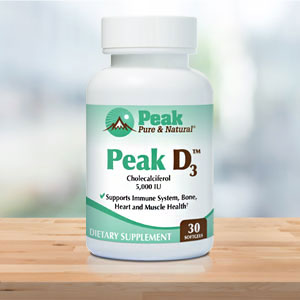If you’re living with allergies, you might think that the sneezing, runny nose, coughing, irritated stomach and other symptoms that plague you are an unavoidable part of everyday life.
After all, one in five adults suffers from environmental allergens, such as ragweed, cedar, and even the grass we walk on and the dust in our homes. And over one in ten of us has food allergies.
So allergies are just a normal part of life, right?
They don’t have to be.
In fact, your allergies aren’t normal. And if you’ve noticed they’re worse than they used to be, it’s likely a sign of your exposure to a dangerous and ever-growing heavy metal contaminant.
Cadmium exposure is a common and growing concern
The heavy metal that we’re talking about is known as cadmium.
And it is everywhere!
Cadmium is a common air pollutant emitted through industrial activities and combustion, posing health risks through inhalation. But more of us are exposed through the food we eat.
That’s because it “bioaccumulates” in the food chain, potentially leading to kidney, bone, and lung damage. Foods that are higher in cadmium include cereals, leafy vegetables, nuts, legumes, potatoes, root vegetables, some seafood and organ meats.
Once it is inside your body, it sticks around…
According to Prosper Boyaka, professor and chair of veterinary biosciences at Ohio State University, “The problem is because cadmium doesn’t degrade easily – it has a half-life in the body of at least 15 years – if you are chronically exposed to low doses, it accumulates over time.”
The cadmium/allergy connection
Professor Boyaka and his team of researchers set out to determine precisely how cadmium can affect us all and its connection to our ever-growing number of allergies.
In fact, thanks to previous research, the team already knew that children who have been exposed to the heavy metals in toys (and even baby food) have a high susceptibility to asthma and allergic responses.
So, the team tested the cadmium/allergy connection in mice.
The researchers gave the mice a “subtoxic” dose of cadmium to drinking water for 28 days. Using a mouse model that simulates human genetic predisposition to an egg allergy, the team then exposed the mice to an egg protein to test their allergic response.
And sure enough…
Mice that drank water containing these so-called subtoxic doses of cadmium that were then exposed to the allergen had a stronger allergic reaction than those protected from the heavy metal.
The cadmium-exposed mice experienced both high levels of inflammation and allergy symptoms due to two specific issues:
- First, the cadmium caused a high activation of antibodies (inflammatory molecules) in the gut.
- Second, it stimulated two enzymes that accelerate the degradation (breakdown) of vitamin D.
“Our hypothesis was that cadmium would change the microbe population in the gut because we know that dysbiosis, or a change in the microbiota, can drive allergic responses. And yes, giving those tiny, tiny doses of cadmium in the drinking water did change allergic sensitization,” Professor Boyaka said.
In other words, small doses of cadmium can cause this more intense allergic reaction to whatever your allergen is.
How to avoid cadmium exposure and boost detox
So, if cadmium exposure is common, how can you avoid exposure and rid your body of heavy metal built up over the years?
First, you should limit your exposure to foods at higher risk of cadmium accumulation by avoiding:
- Liver
- Kidney
- Oysters
- Scallops
- Mussels
Second, add foods that act as natural chelators, such as berries, grapes, tomatoes, garlic, cilantro, chlorella, and curcumin, as well as nutrients like quercetin and selenium.
Third, take probiotics since these beneficial bacteria are an antidote for daily toxin exposure.
Finally, consider EDTA chelation therapy. It’s long been used in cases of lead poisoning, but data from one study published in the National Library of Medicine demonstrated that it significantly increased urinary losses of lead, zinc, cadmium and calcium.
Sources:
EDTA chelation effects on urinary losses of cadmium, calcium, chromium, cobalt, copper, lead, magnesium, and zinc – NIH
The path from pollutants in food to a heightened allergic response – EurekAlert!
Allergy Statistics in the US – Allergy and Asthma Network
Allergy Facts and Figures – Asthma and Allergy Foundation of America
Read full article here





